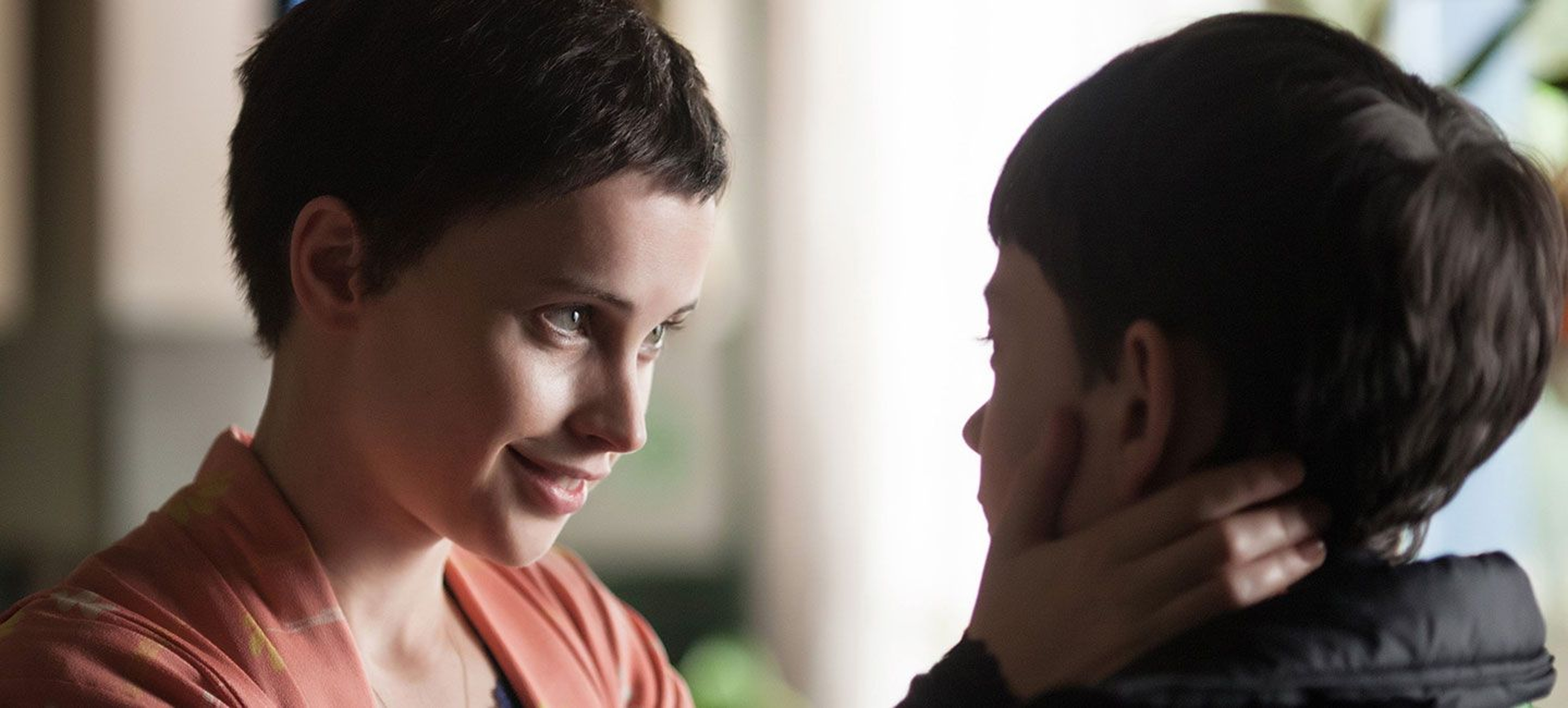Films can awe us, inspire us, scare us and make us laugh, but few things are as satisfying watching as a movie that makes us cry. Director J.A. Bayona’s A Monster Calls, which opens in theaters nationwide this Friday, does all of those things, but it’s the tears that everyone is talking about. “I was bawling like a baby,” tweeted UK-based film critic Michael Clarke. Based on the award-winning Patrick Ness YA novel of the same name, the film tells the story of Connor O’Malley, a 13-year old boy who creates a “monster” to help him cope with his mother’s terminal illness. By the end of the film, there are few dry eyes in the audiences.
What is it about seeing movies in a theater that makes our emotions so intense? Renowned psychiatrist, Paul Ekman, Ph,D, who is the author of 14 books and a frequent consultant on film projects such as Pixar’s Inside/Out, explains it this way. “We do feel emotions from being in the presence of other people, but also the presence of others amplifies our emotional experience.” New York-based psychiatrist, professor and author Gail Saltz, Ph.D. concurs. “If the person next to you is crying or angry or upset or giving off a vibe, we know that that does impact your state. And the bigger the number, the more impact it has,” she says.
To get a deeper understanding of this subconscious human reaction, Focus Features reached out to SilverLogic Labs in Seattle, Wash. to conduct a study of A Monster Calls audiences. A group of camera experts and computer scientists, they have developed a technique to analyze and quantify the emotions of individuals as they consume content. “We use high tech cameras to capture the emotional reactions of an individual watching a film,” says Jerimiah Hamon, SilverLogic Labs CEO and founder and a 20 year predictive analytics veteran. “Then using computer science and data, that predicts human emotional response to content.”
Do we feel more emotional in a movie theater? Focus Feature explores
For the A Monster Calls study, a series of screenings were set up to record audiences watching the film, some in a theater surrounded by other people, and some by themselves. The results were conclusive: Watching the film in a theater environment with other people around drastically changed how emotionally connected they were to the movie. When alone, moviegoers may experience moments of strong emotion such as fear or surprise. However, other emotions, including melancholy, contempt and anger, are consistently stronger and greater in a group setting.
Dacher Keltner, PhD and professor of psychology at UC Berkley who also advised on Inside/Out, was not surprised by these results. “We know that humans are a hyper social species,” he says. “What I think is interesting about these findings is that people watching [A Monster Calls] with other people are sharing their emotions almost unconsciously, and then they are collectively trying to arrive at insights about the deep themes it addresses.”
“Being with others intensifies our experience of emotion,” agrees Ekman, whose lifetime of work has focused on understanding nonverbal behavior, including facial expressions and gestures. “That is why people enjoy watching a movie in a theater more. It is not just because it is on a big screen, but also because there are other people having the same experience as you.”
Not only is the experience of watching a sad movie with others more intense, it can also be cathartic, especially with a film like A Monster Calls, which deals with the universal themes of loss and its acceptance. As Saltz, whose new book The Power of Different: The Link Between Disorder and Genius, will be in released March explains, “There is comfort in realizing that you’re not alone. There is a comfort in knowing that other people get it and are going through it too.”
A Monster Calls is in theaters. Buy tickets now through Fandango.
